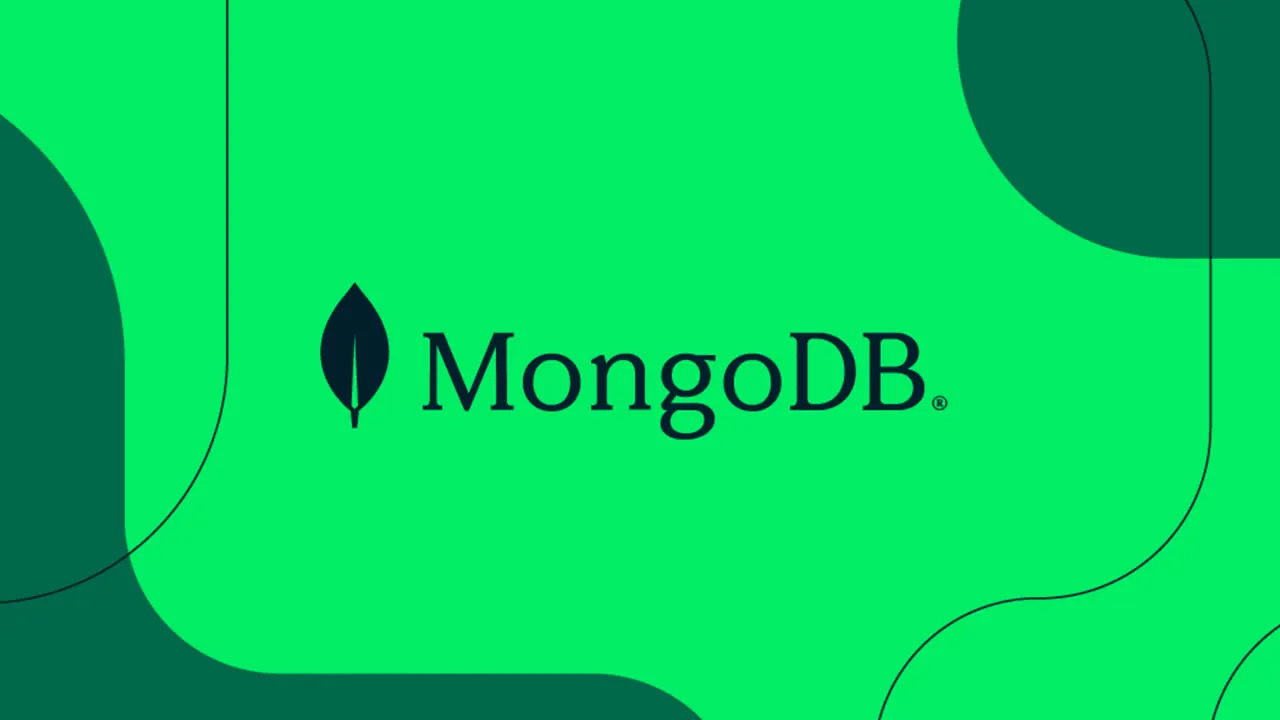MongoDB Tutorial | Getting Started with MongoDB | MongoDB Training
Learn the basics of MongoDB in this beginner-friendly guide. This MongoDB Tutorial gives you an introduction to NoSQL databases and MongoDB with examples.
00:00 Introduction
00:36 Agenda
01:01 Fundamentals of Databases
09:29 Introduction to Database categories
11:12 Database Categories SPecifications
MongoDB is a document-oriented database that uses JSON-like documents with optional schemas. It is a NoSQL database, which means that it does not use the traditional relational database model.
MongoDB is known for its flexibility and scalability. It can be used to store a wide variety of data, including structured, semi-structured, and unstructured data. It is also a good choice for applications that need to be able to scale quickly.
Here are some of the key features of MongoDB:
- Document-oriented: MongoDB stores data in documents, which are similar to JSON objects. This makes it easy to store and query data that is not well-suited for a relational database.
- NoSQL: MongoDB is a NoSQL database, which means that it does not use the traditional relational database model. This makes it more flexible and scalable than a relational database.
- Flexible schema: MongoDB documents do not have to have a fixed schema. This makes it easy to store data that is not well-defined.
- Scalable: MongoDB is scalable, meaning that it can be easily expanded to meet the needs of growing applications.
- Fast: MongoDB is fast, making it a good choice for applications that need to handle a high volume of queries.
If you are looking for a flexible, scalable, and fast database, MongoDB is a good choice. It is a popular choice for a wide range of applications, including web applications, e-commerce systems, and big data applications.
Here are some of the popular uses of MongoDB:
- Web applications: MongoDB is a popular choice for web applications because it is flexible and scalable. It is used by many popular websites, such as Airbnb and Uber.
- E-commerce systems: MongoDB is also a popular choice for e-commerce systems because it can handle a high volume of transactions. It is used by many popular e-commerce stores, such as Shopify and Magento.
- Big data applications: MongoDB is a good choice for big data applications because it is scalable and fast. It is used by many companies to store and analyze large amounts of data.
- Other applications: MongoDB can also be used for a variety of other applications, such as content management systems, gaming, and IoT.
If you are interested in learning more about MongoDB, there are many resources available online. You can find tutorials, documentation, and forums where you can ask questions and get help from other users.
Here is a table comparing MySQL and MongoDB:
| Feature | MySQL | MongoDB |
|---|---|---|
| Relational database | Yes | No |
| SQL | Yes | No |
| Open-source | Yes | Yes |
| Fast and reliable | Yes | Yes |
| Scalable | Yes | Yes |
| Flexible schema | No | Yes |
| Document-oriented | No | Yes |
The best database for you will depend on your specific needs. If you need a database that is fast, reliable, and scalable, and you are comfortable with the relational database model, then MySQL is a good choice. If you need a database that is flexible and scalable, and you are not tied to the relational database model, then MongoDB is a good choice.
#mongodb #database #nosql
